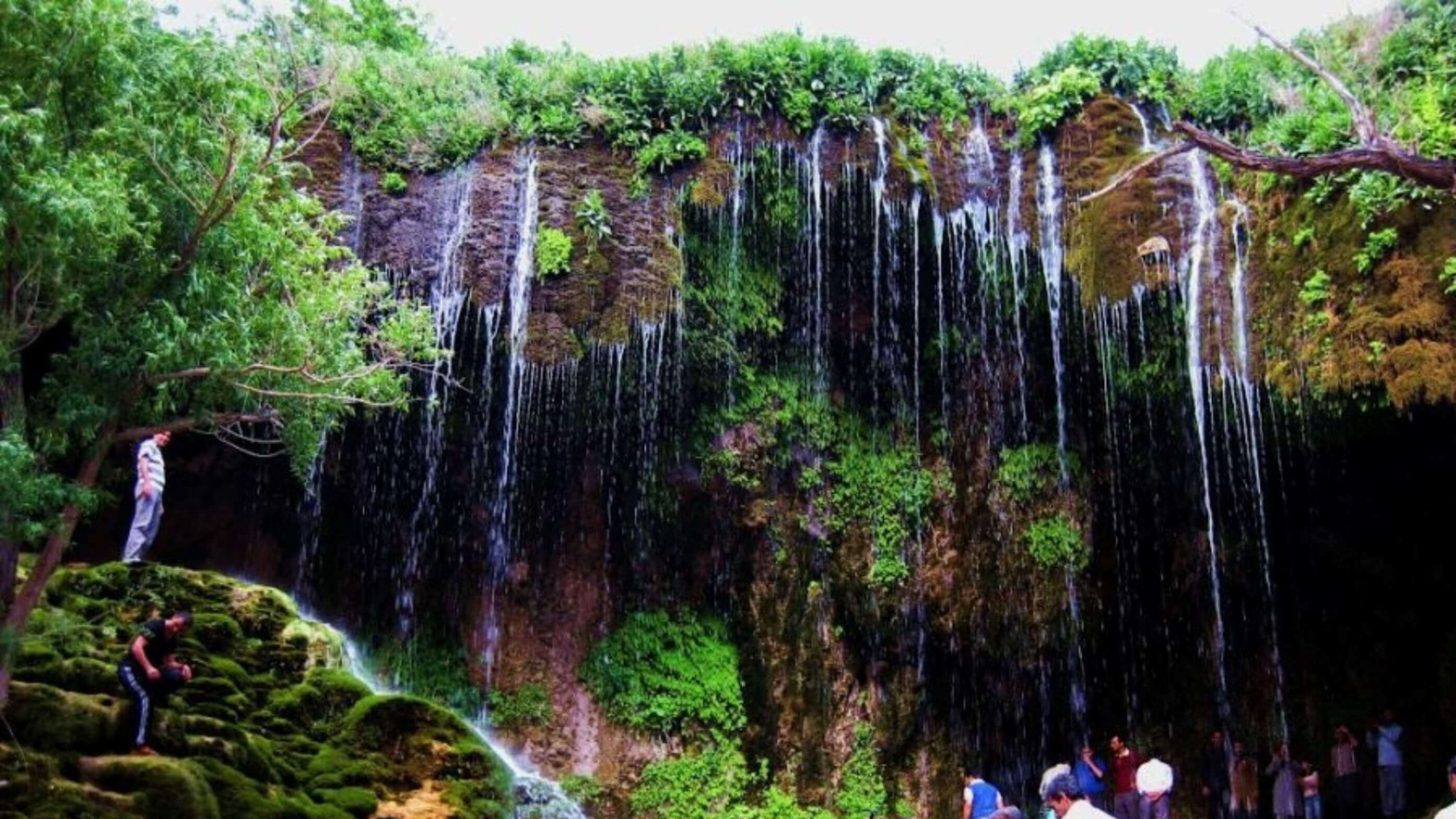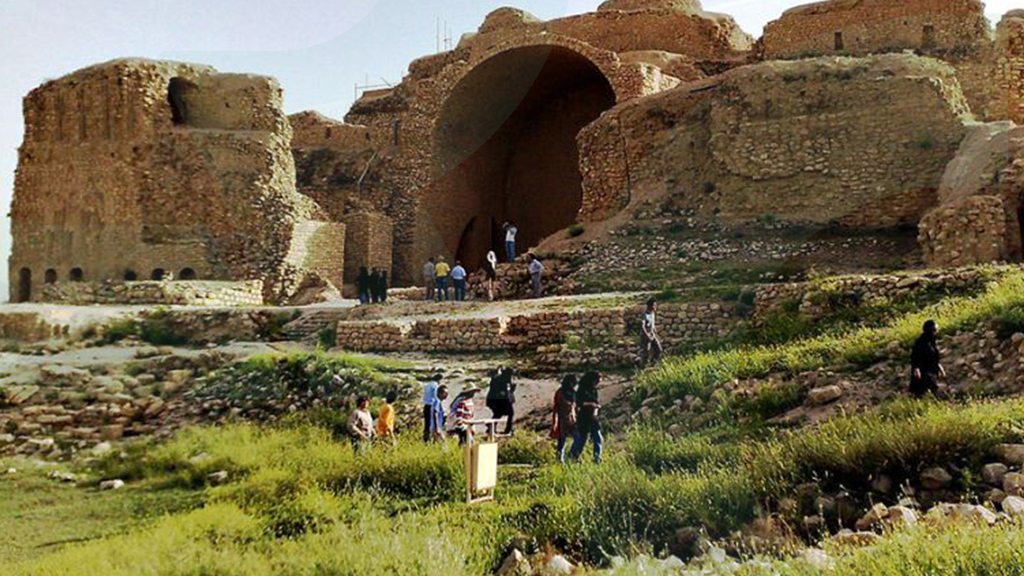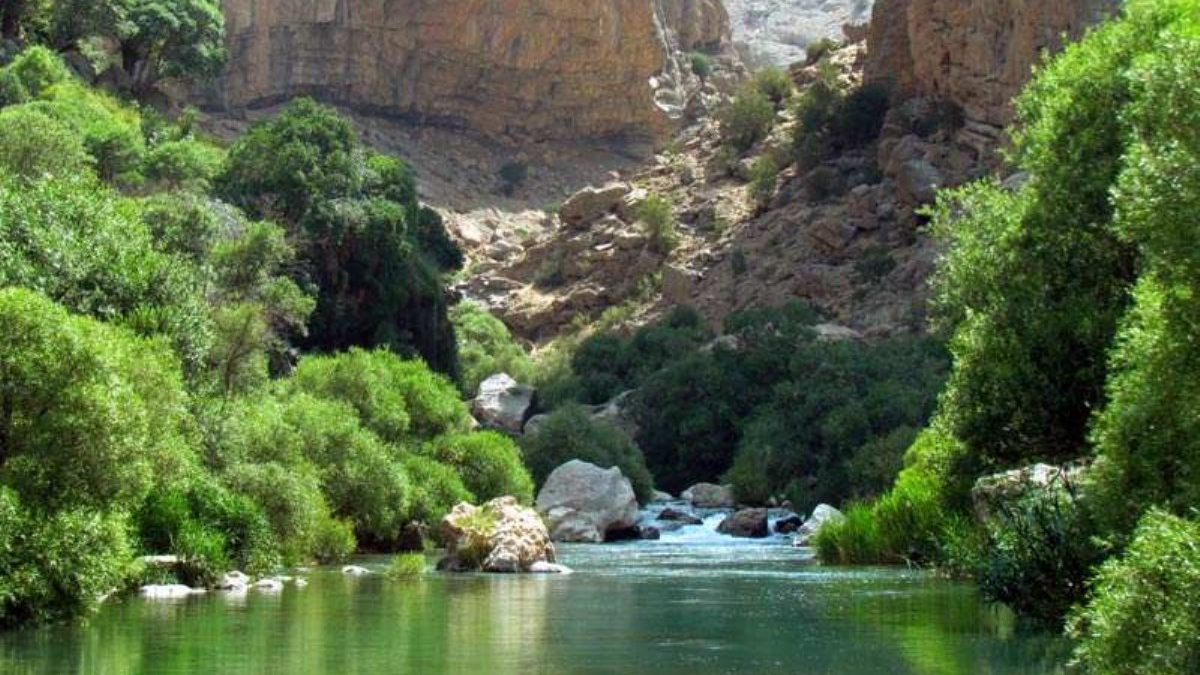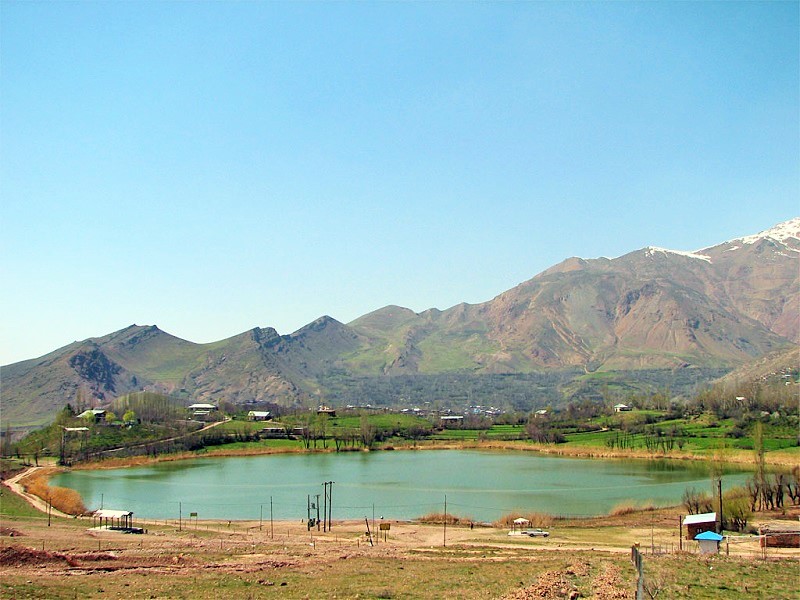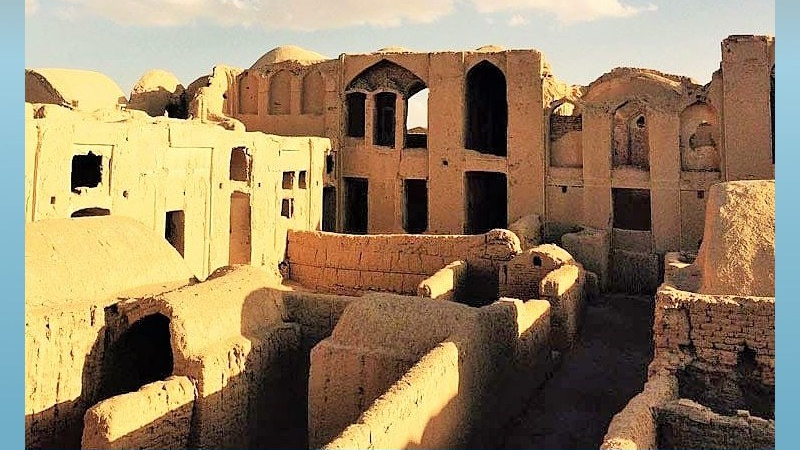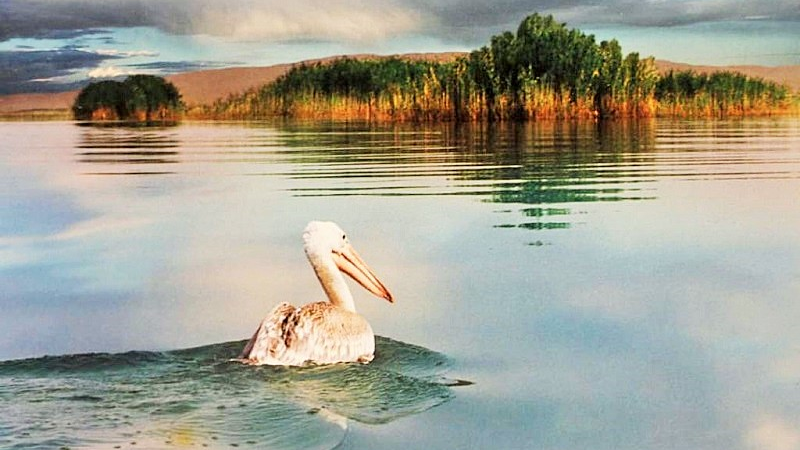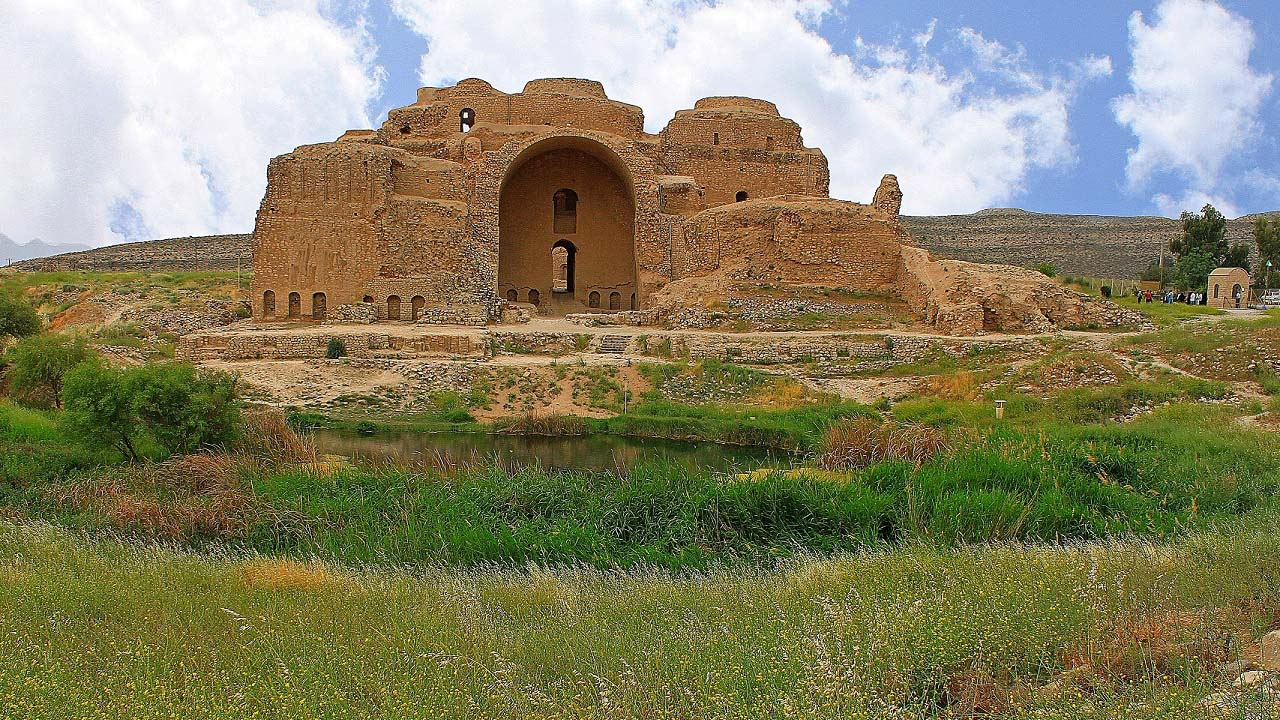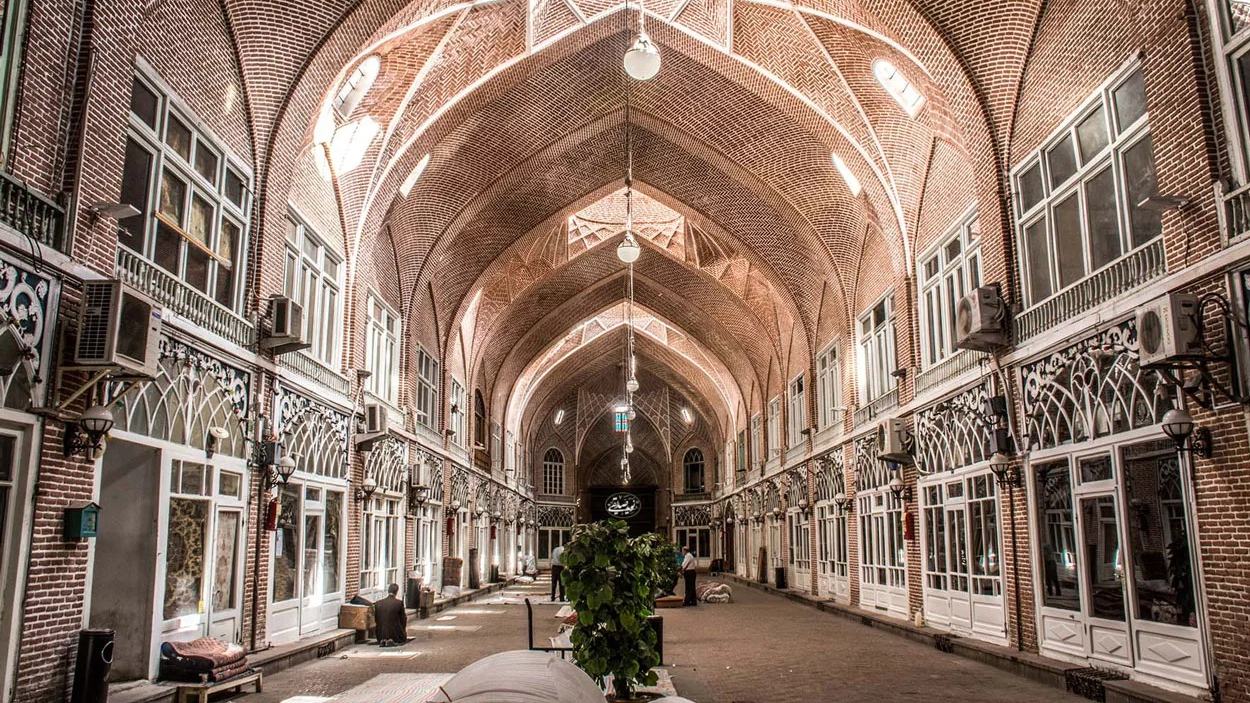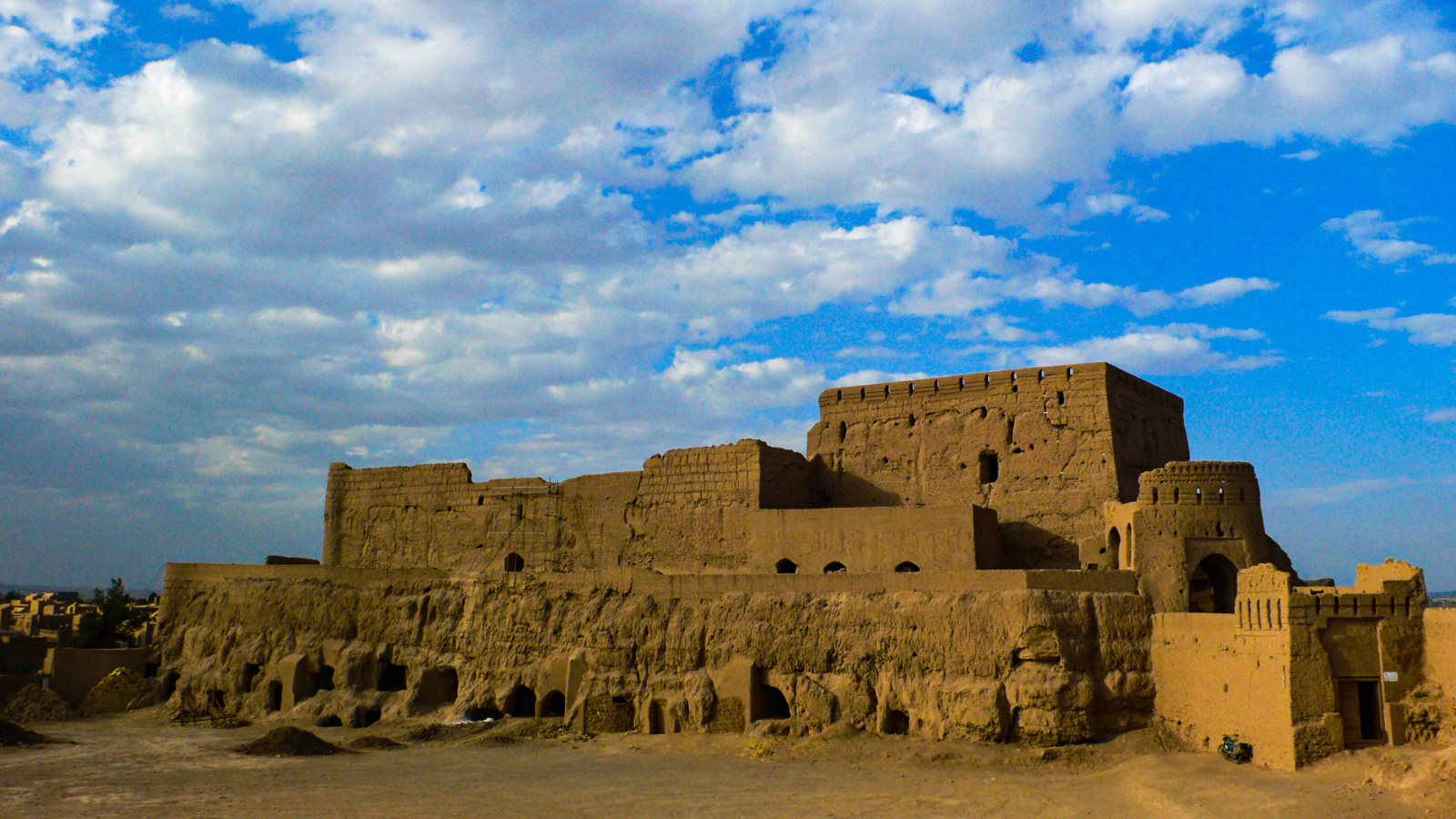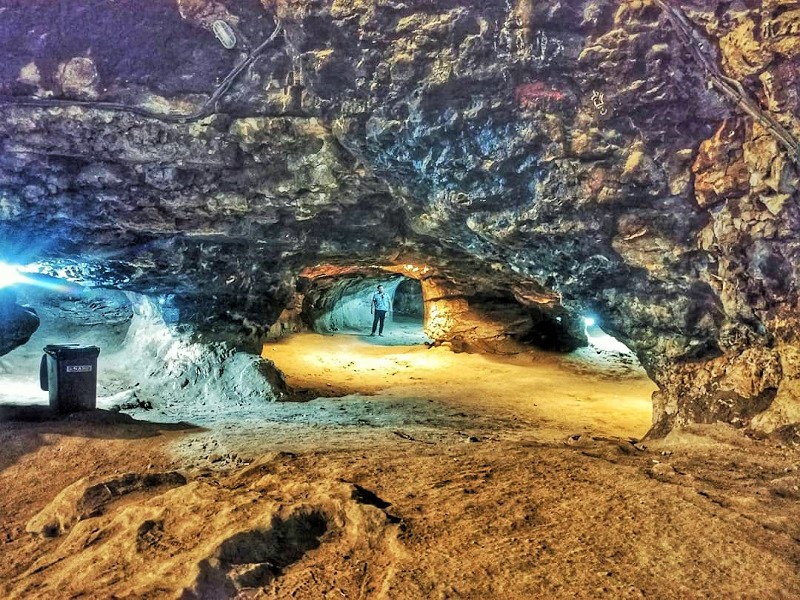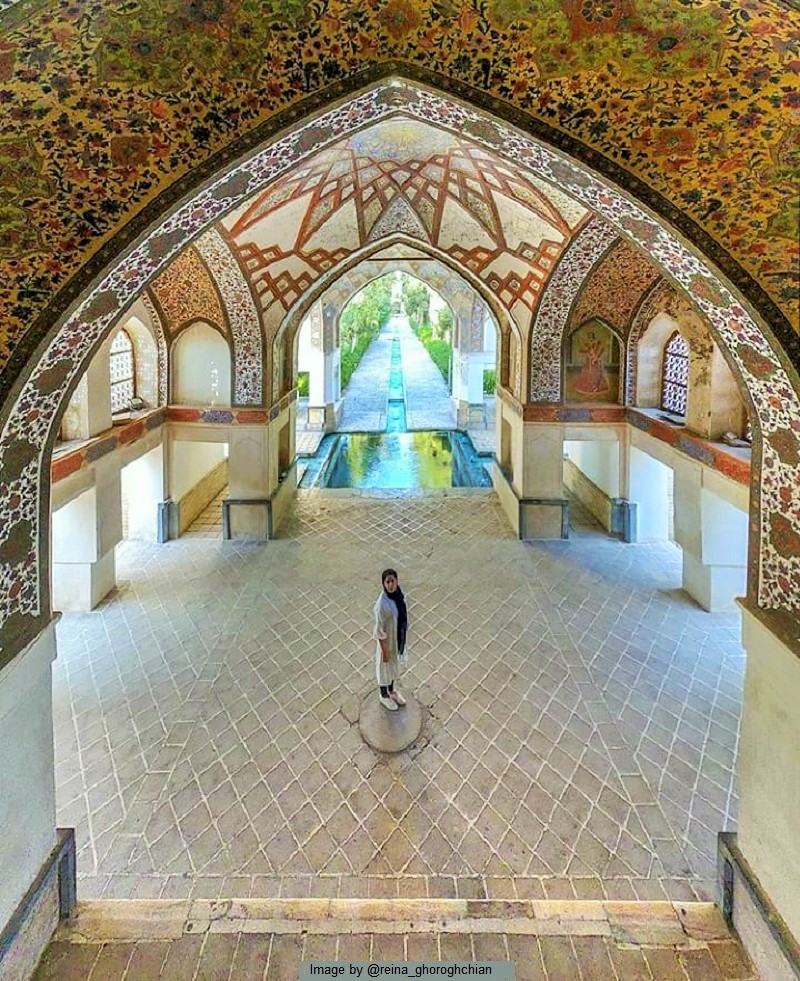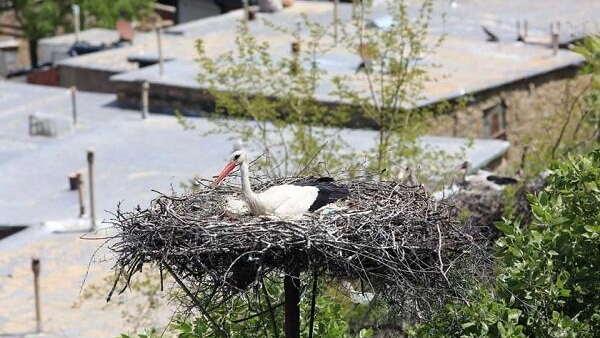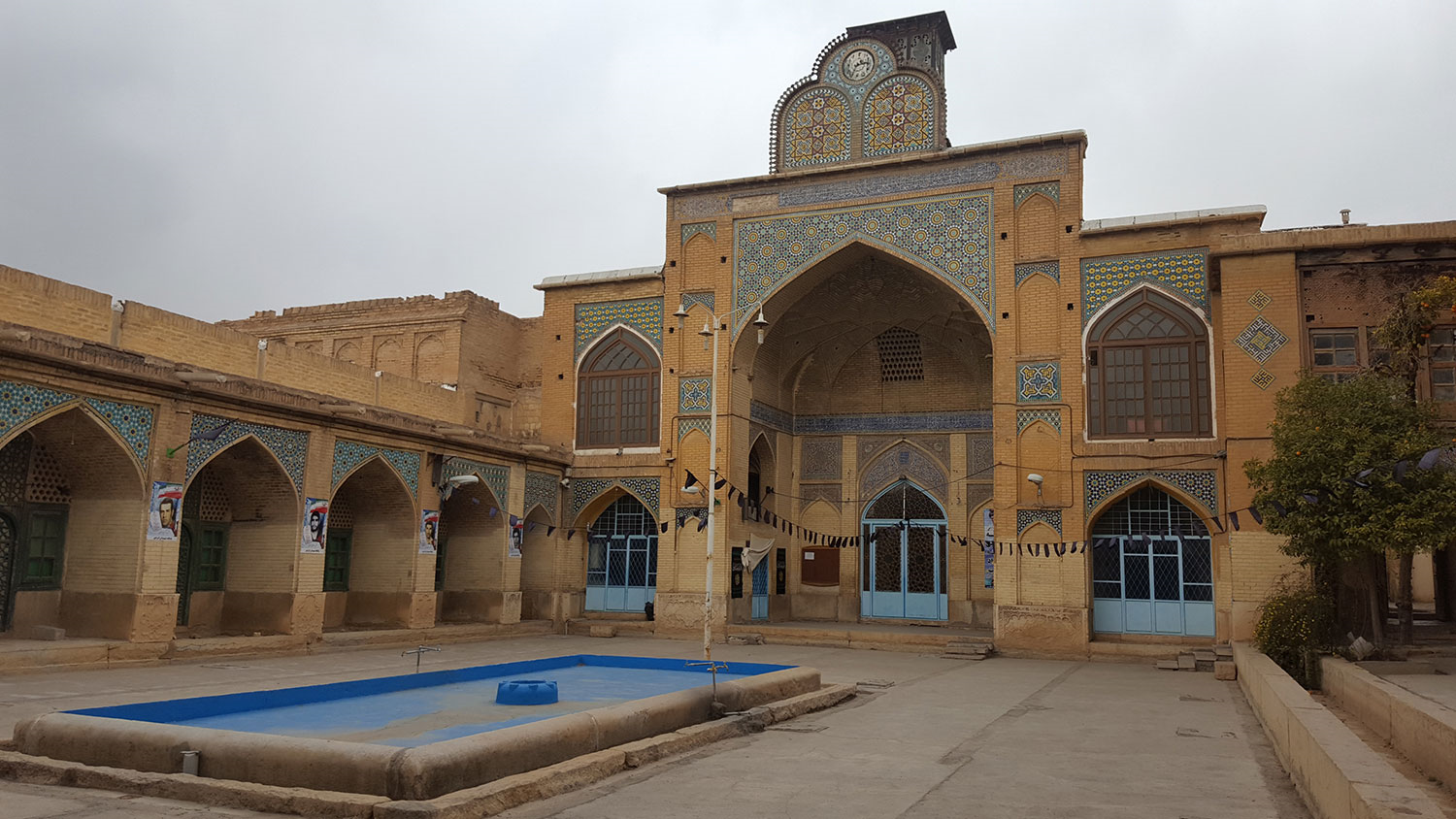
Old Tehran Gate of Qazvin
Most cities of Iran had a wall around them and gates in the past to control commutations and to establish their security. Apart from this, these gates were considered a good source of income for the local administrations because entering and exiting the city was not possible except through the gates, and the commuters had to pay tolls!
History of Qazvin
Qazvin is an ancient city and, according to experts, has been mentioned in ancient writings with the names “Arsas” or “Arsasia”. Several ancient hills have been discovered around Qazvin of which Segzabad hill is the most famous and the human habitation in this area dates back to 9 thousand years ago. Being located in the communication route of the south, north, east, and west of the country, Qazvin has always been of interest. Perhaps one of the reasons why the Safavid king Shah Tahmasp (reigned 1514 to 1576 AD) made this city his capital was its geographical advantage. During this period, many constructions took place in the city of Qazvin, making considerable changes in it. After the transfer of the Safavid capital to Isfahan, Qazvin did not lose its position and was still recognized as an important city in the central regions of Iran. Semiran Castle, Sa’d al-Saltaneh Caravanserai, Jame’ Mosque, Meymun Castle, Qajar Bathhouse, Sardar Water Reservoir, Chehel Sotoun Palace, and Sepah Street, which was the first modern street in Iran, are the most important historical monuments of Qazvin.
Qazvin has relatively mild weather in summer and cold weather in winter. The annual rainfall in this city is about 318 mm. This city is considered one of the earthquake-prone areas of Iran. According to historical evidence, several strong earthquakes had caused Qazvin considerable damages and casualties.
Historical Background and Features of the Tehran Gate of Qazvin
This building is a remnant of the Qajar era (19th century) and its construction is attributed to the reign of Naser al-Din Shah (1831 to 1896 AD). Tehran Gate is located in the southeast of Qazvin, and Bagherkhan Sa’d al-Saltaneh, the then governor of Qazvin, was its founder. The old city of Qazvin also had eight other gates, which were Rasht, Bagh Shah, Tabriz, Hamedan (Maghlovak), Sheikh Abad, Imamzadeh Hossein (Savalan), Khandaqbar (Kandovar), and Darb-e Kushk. Presently, the Tehran Gate and Darb-e Kushk are the only two remaining gates of this city.
The relatively close distance between Qazvin and Tehran made travelers and businessmen who were going from the east, north, and northeast of Iran to Tehran and the southern regions of Iran choose this city as their mid-way destination. Therefore, a lot of commutation took place through the Tehran Gate, and was considered one of the main gates of the city. This gate was located at the beginning of the main access route to Tehran. Of course, the Tehran Gate was made in such a way that it could be used as a defense and security structure when necessary.
At the time of the construction of the Tehran Gate, this building was located on the outer edge of the city wall and was far from the city center, but today, with the expansion of the urban space, it is located inside the city limits. This gate has been restored several times, including in 1968 AD when the walls around it were tiled.
The Tehran Gate has three portals, the middle of which is wider and higher and has a pointed arch. The two side portals are built in a symmetrical form with semi-circular arches. Commuting usually took place from the middle gate. This gate also has eight minarets, which can be seen in the corners of the portals.
National Registration of Tehran Gate, Qazvin
This gate, which is currently located at the end of Old Tehran Street of Qazvin City and near Hashemi Square, was inscribed on the list of Iran’s national heritage in the year 1975 AD.
| Name | Old Tehran Gate of Qazvin |
| Country | Iran |
| State | Qazvin |
| City | Qazvin |
| Type | Historical |
| Registration | National |
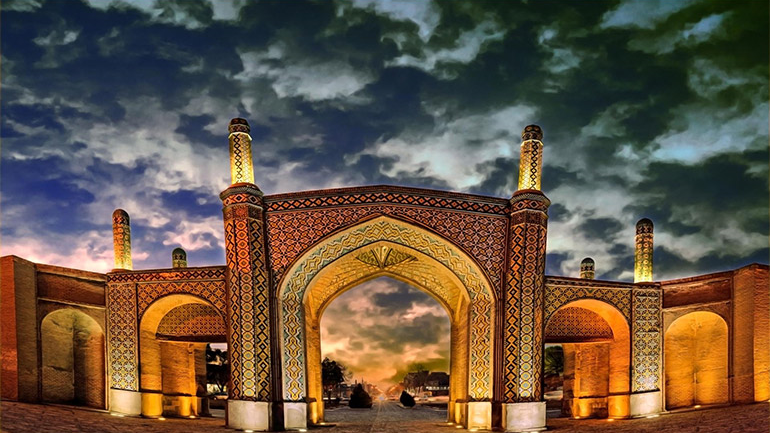
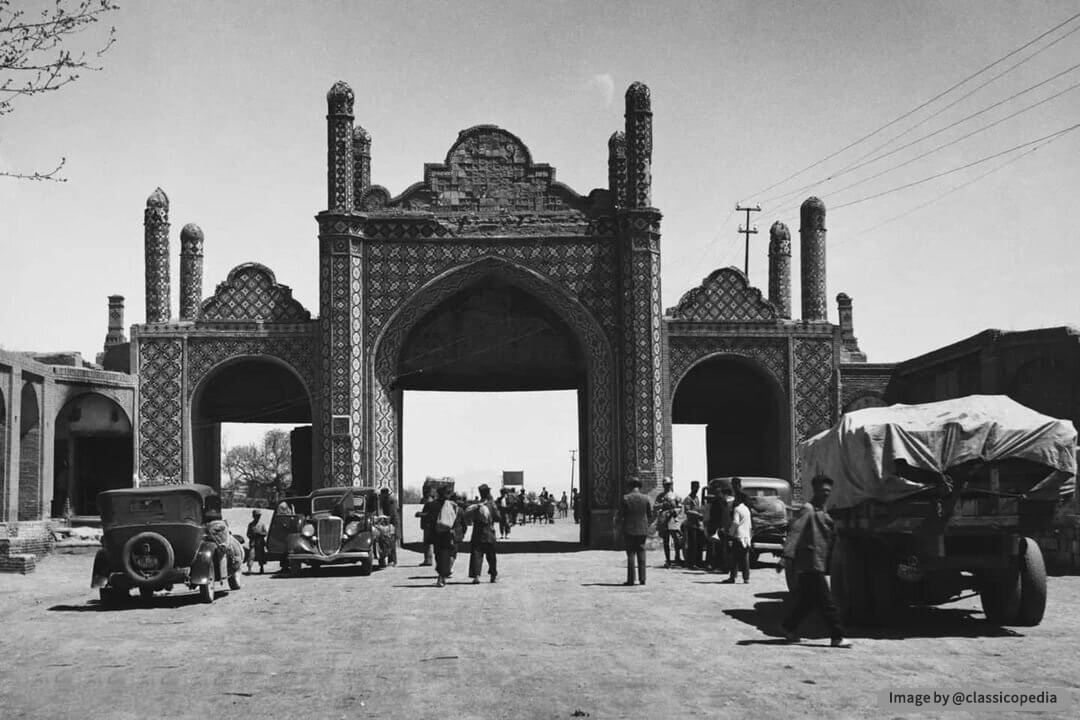
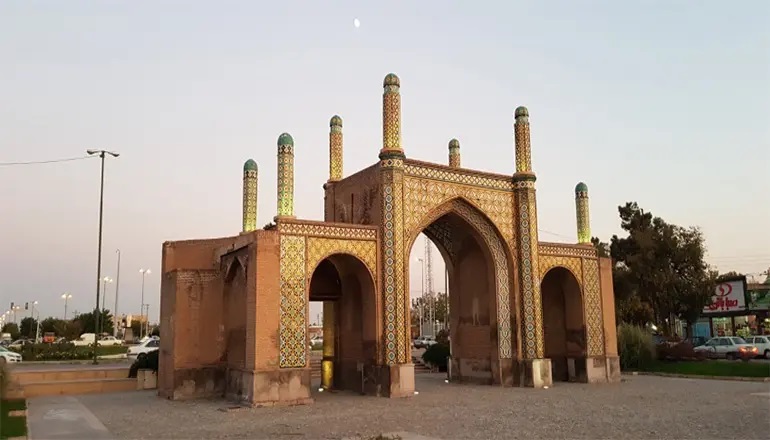
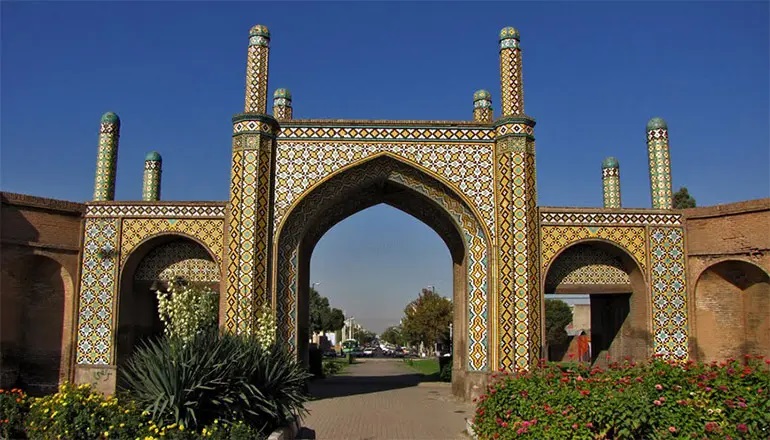




Choose blindless
Red blindless Green blindless Blue blindless Red hard to see Green hard to see Blue hard to see Monochrome Special MonochromeFont size change:
Change word spacing:
Change line height:
Change mouse type:
